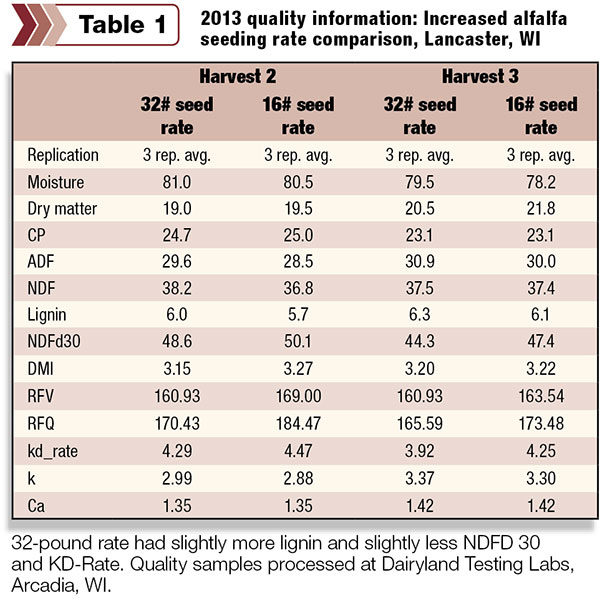Many players became interested in the sport as youngsters, watching Sunday football in the living rooms and then playing a little in the backyards with their dads and siblings.
The love of the game was fueled by Dad’s passion for his favorite team and then playing football during recess at school. As kids get older and teams become organized, players get sized up by the keen eye of a coach before being assigned a position.
Regardless of what position a player gets assigned, everyone starts by learning the fundamentals. Each fundamental is then practiced until it becomes second nature; then more details are introduced into the practice.
The success of the team depends on mastery of fundamentals and mastery of each unique position – all choreographed by the experience of the watchful eye of the coach. Based on his experience, the coach designs plays to score points by outmaneuvering the opponent.
With the image of that fresh in our minds, it seems we could relate farming to the football model. As the decision-maker, you are like a coach.
Much of your experience was learned through the traditions of growing up, farming with Dad and Grandpa, and then perfected with years of experience. As agriculture has evolved, you’ve tweaked some practices to bring forth new yield expectations.
With variable seed rates, increased seeding rates, seed treatments and new seed technologies, today’s farmers have new plays in the playbook. As a result, many farmers are hungry for performance information.
Increase alfalfa seeding rates
Many growers have asked me whether they should increase alfalfa seeding rates. Traditionally, most growers seed in the range of 15 to 18 pounds per acre.
Most university research shows no additional advantage seeding beyond that rate; however, I’ll share a couple of growers’ experiences that show that there is hope for more.
Grower 1 on-farm experience: Two years ago, a curious grower in western Iowa started seeding alfalfa at 25 pounds per acre. He weighed everything that came off his field and found the additional tonnage more than paid for the extra seed.
Additionally, he discovered he had thicker and more robust stands the following season with increased seeding rates. Today, this grower seeds at a rate of 35 pounds per acre because he’s seeing additional increases in tonnage.
Grower 2 on-farm experience: In the spring of 2013, a grower in southern Wisconsin wanted to determine if there was an advantage for his acres. We designed a plot by essentially splitting his field in half.
One half was seeded at a rate of 16 pounds per acre, and the second half was seeded at 32 pounds per acre. Within the plot, each seeding rate was replicated three times.
His fields received enough moisture this season for three cuttings in the seeding year, so a forage quality test was also replicated three times on the second and third cuttings.

Summary
It is important to remember these results are from one plot, one location and one season. Also consider that alfalfa is a living, biological plant that is susceptible to Mother Nature.
Results vary from location to location and year to year, but the intent of this article is to share things we are learning with real on-farm research. Hopefully, this research spawns your curiosity to develop a plan to split a field and do a research trial on your own acres.
There are still are some unknowns with higher seeding rates. One area of concern is the potential for disease with a 32-pound seeding rate because the stand is so dense. If you are on an aggressive 28-day cutting interval, however, this could help alleviate that.
More plants also may require more plant nutrition. This opens up another area of great discussion for in-season plant tissue testing. With a deep understanding of real-time plant nutrient needs, we can better design a fertility program to achieve more forage yield with better forage quality.
Just like pro football players, alfalfa growers have perfected the fundamentals. Now new plays can be added to the playbook by trying different seeding rates and innovative alfalfa seed treatments to get more live plants per bag.
Explore the benefits of cover crops to keep the soil biology healthy, alive and productive. As you prepare for spring, consider some new experiments. Your own farm will provide you with the most beneficial and meaningful information. FG















